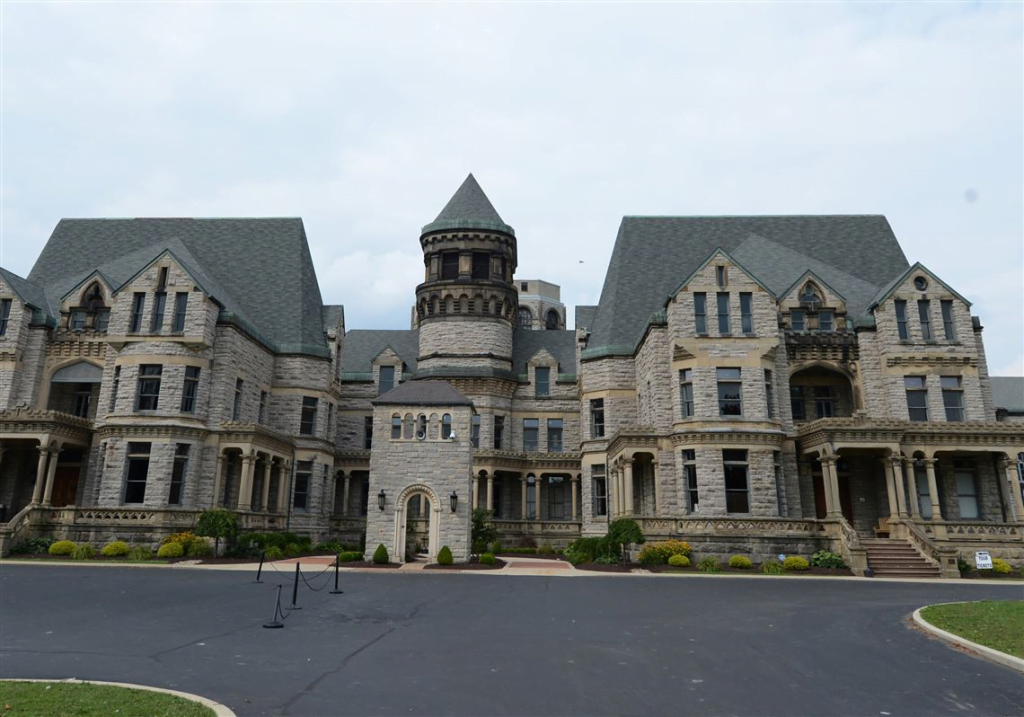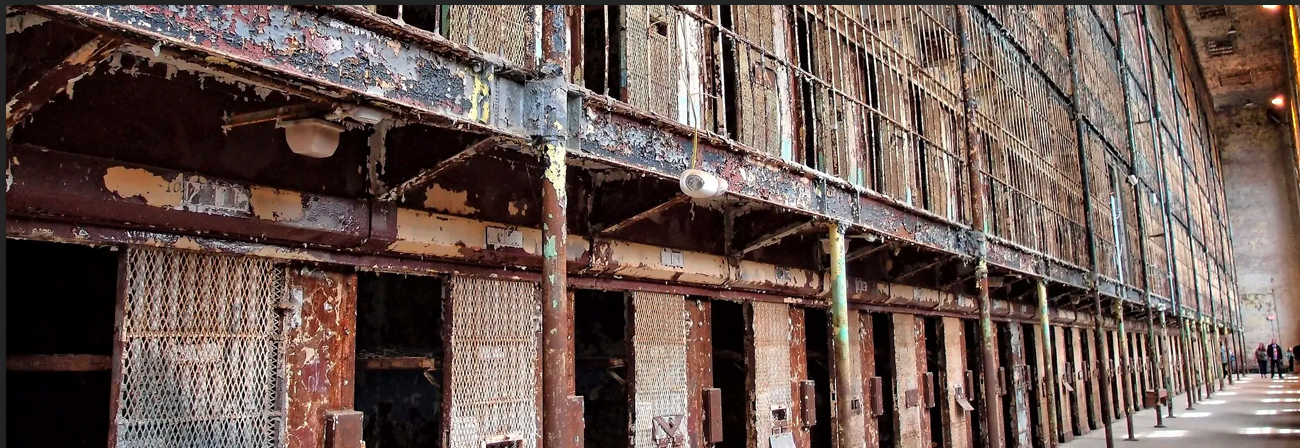
You’ve seen this building on the big screen, but you wouldn’t know it to look at it today. The former hospital turned movie set was the setting of the Shawshank Redemption, a beloved adaptation of Stephen King’s novel of the same name, plus Rita Hayworth. The romanesque revival building is as imposing as it is beautiful. Some came for reform and to better their criminal lives, others weren’t so lucky. In fact, a lawsuit would be the final nail in the coffin for the Ohio State Reformatory, but not before gathering a few ghost stories from their halls.

First opened in 1896, the Ohio State Reformatory was originally just that, a place for men to come and be reformed before rejoining society. 18 months was the sentence most were given, and if progress was made in their reforming, they’d be released. If not, another 18 months was tacked onto their sentence. Prisoners here received training for a trade, education and religious teaching. The conditions in the prison were relatively good for the first few decades.
In the 1960s, the hospital lost government support and was converted into a maximum security prison rather than a reformatory. The building began to decline and conditions for the prisoners went along with it. As the conditions worsened, prisoners would eventually file a lawsuit against the prison for poor living conditions and would win their case, forcing the doors of the prison to close in 1990. Abandoned for years, eventually a group of activists would band together to buy the building for preservation. Today the prison is managed by the Mansfield Reformatory Preservation Society and is home to the Ohio State Corrections History Museum.

In the 1990s, it was also used as a movie set for the critically acclaimed film, The Shawshank Redemption. Visitors to the museum can also take a movie tour to see where many of the scenes were filmed. With all this history, it’s not surprising that the reformatory is considered one of the most haunted places in the country.
Full bodied apparitions have been reported, cold spots, and strange noises or footsteps throughout the hall. It’s a popular spot for ghost hunters, professional and amatuer alike. Tragic tales tell of prisoners forced into solitary confinement with no food, leaving them on the brink of madness by the time they were released. Paranormal activity has been particularly high near the solitary cells, likely for this reason. With over 150,000 prisoners passing through the gates in its time as a prison, the building has a lot of residual energy from men placed in impossible situations and punishments. Cell doors seem to slam on their own, light flicker, and the eerie presence of someone watching you follows all the way through the prison.

The prison and museum are open for two days a week to give grounds tours, but are you brave enough to face the ghosts of Mansfield?
- About the Author
- Latest Posts

Born in Death Valley and raised on the prairie, Deborah is a Wyoming-based paranormal researcher and University of Wyoming graduate. Her interests lie in folklore, history, symbolic interaction and research. She also researches the paranormal academically and is a graduate student studying sociology.


